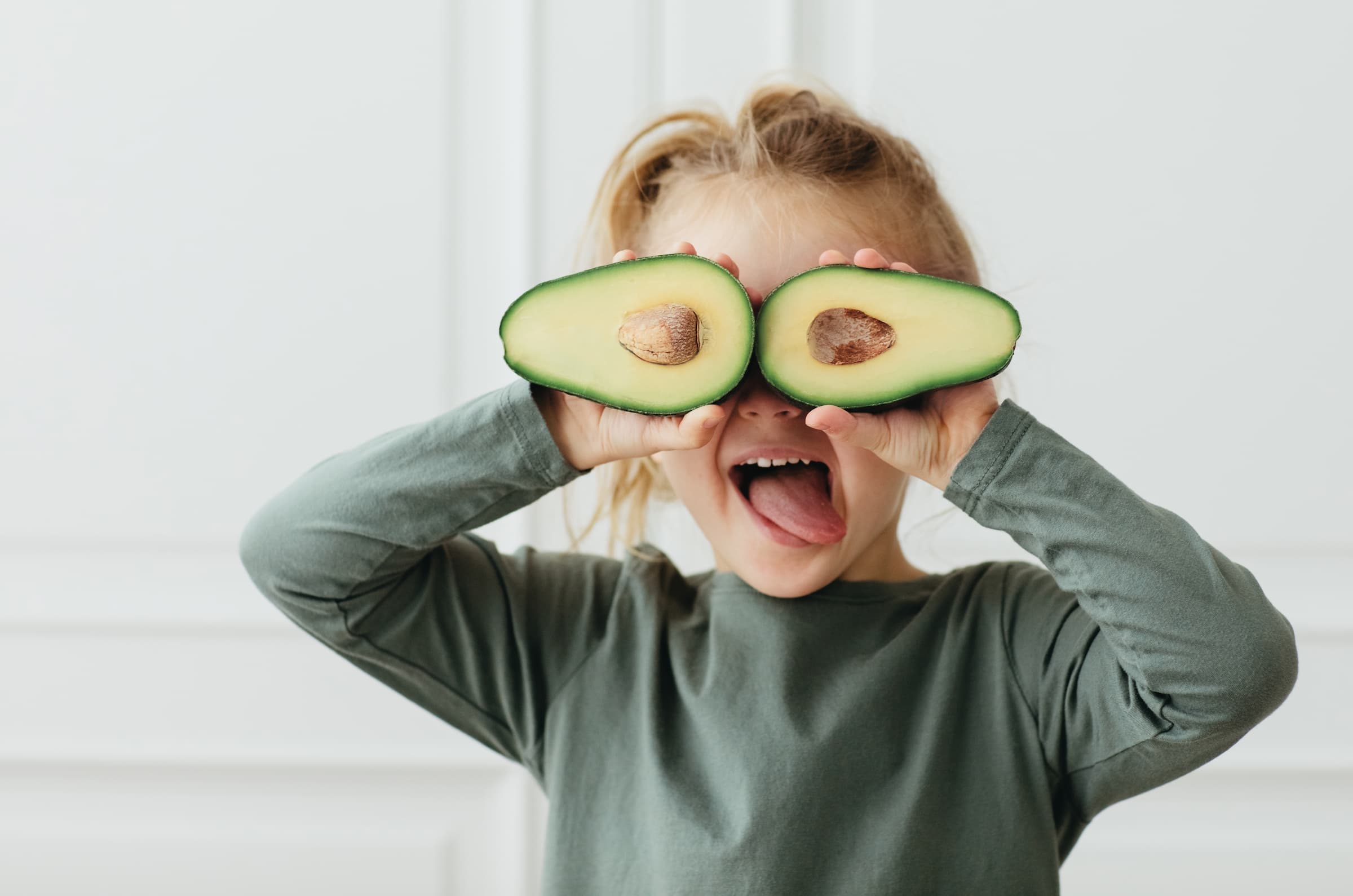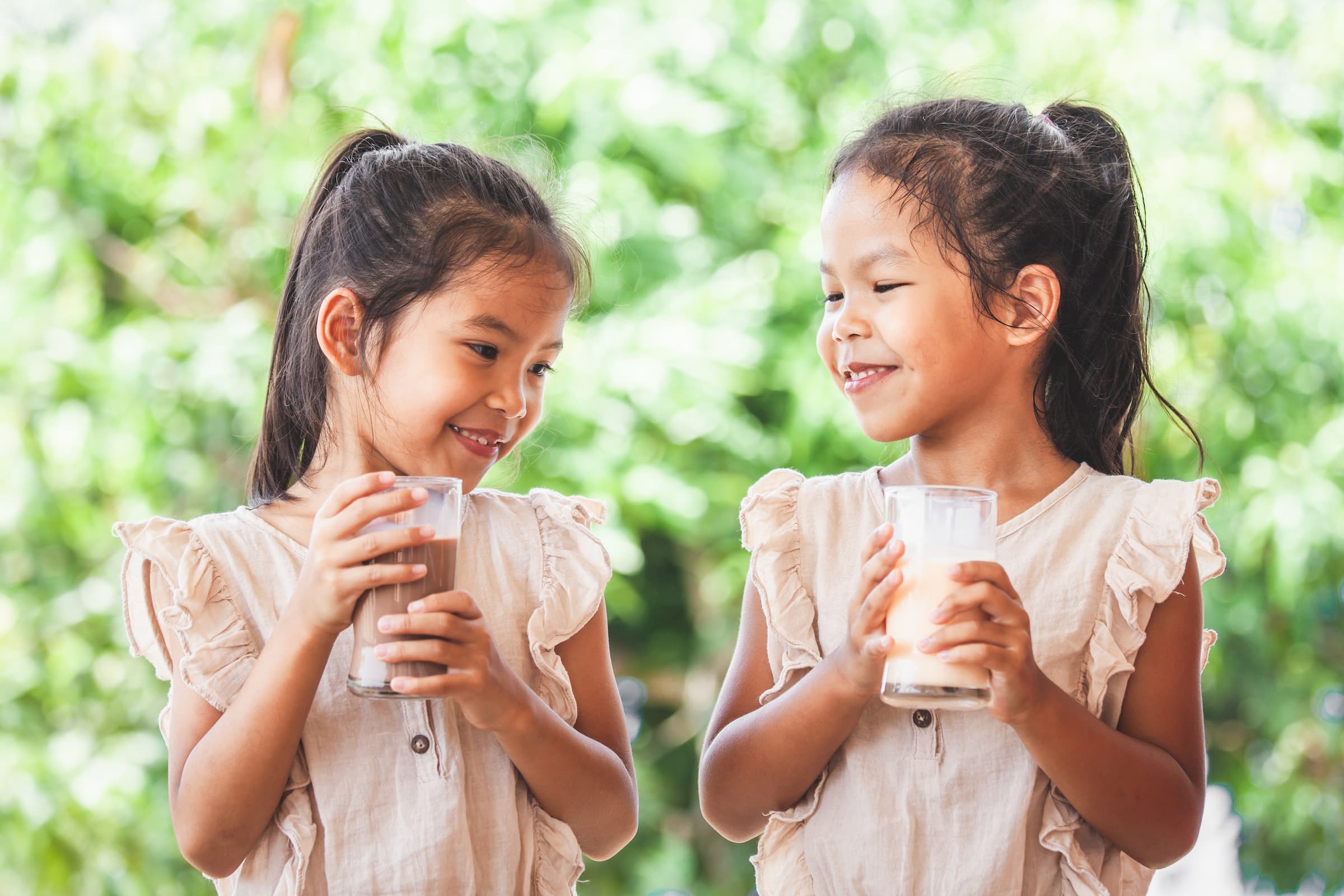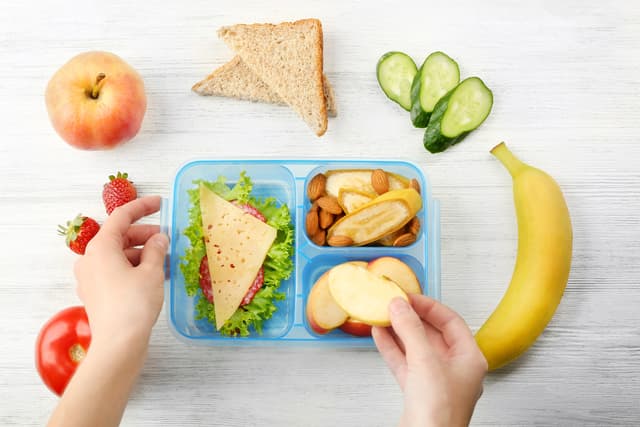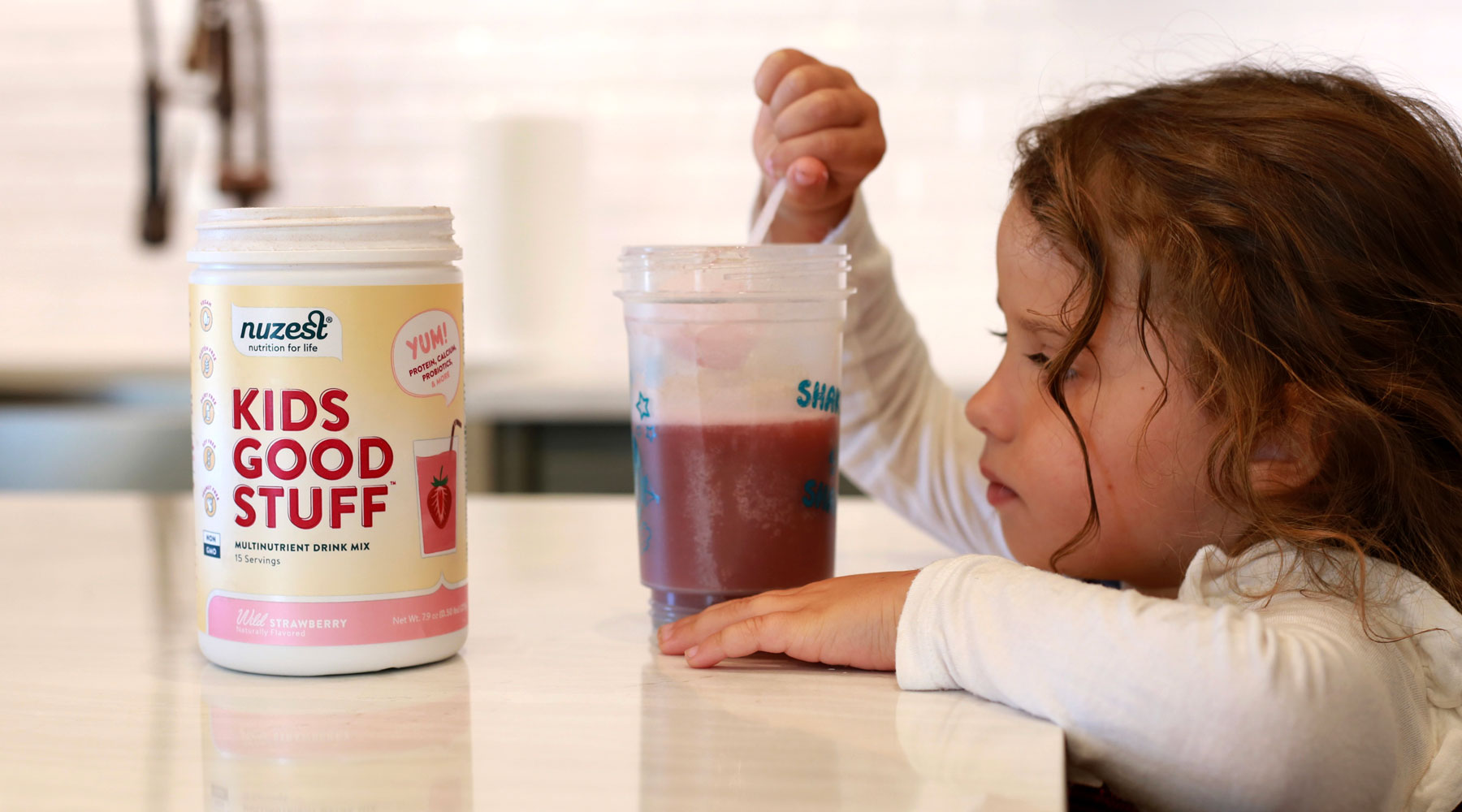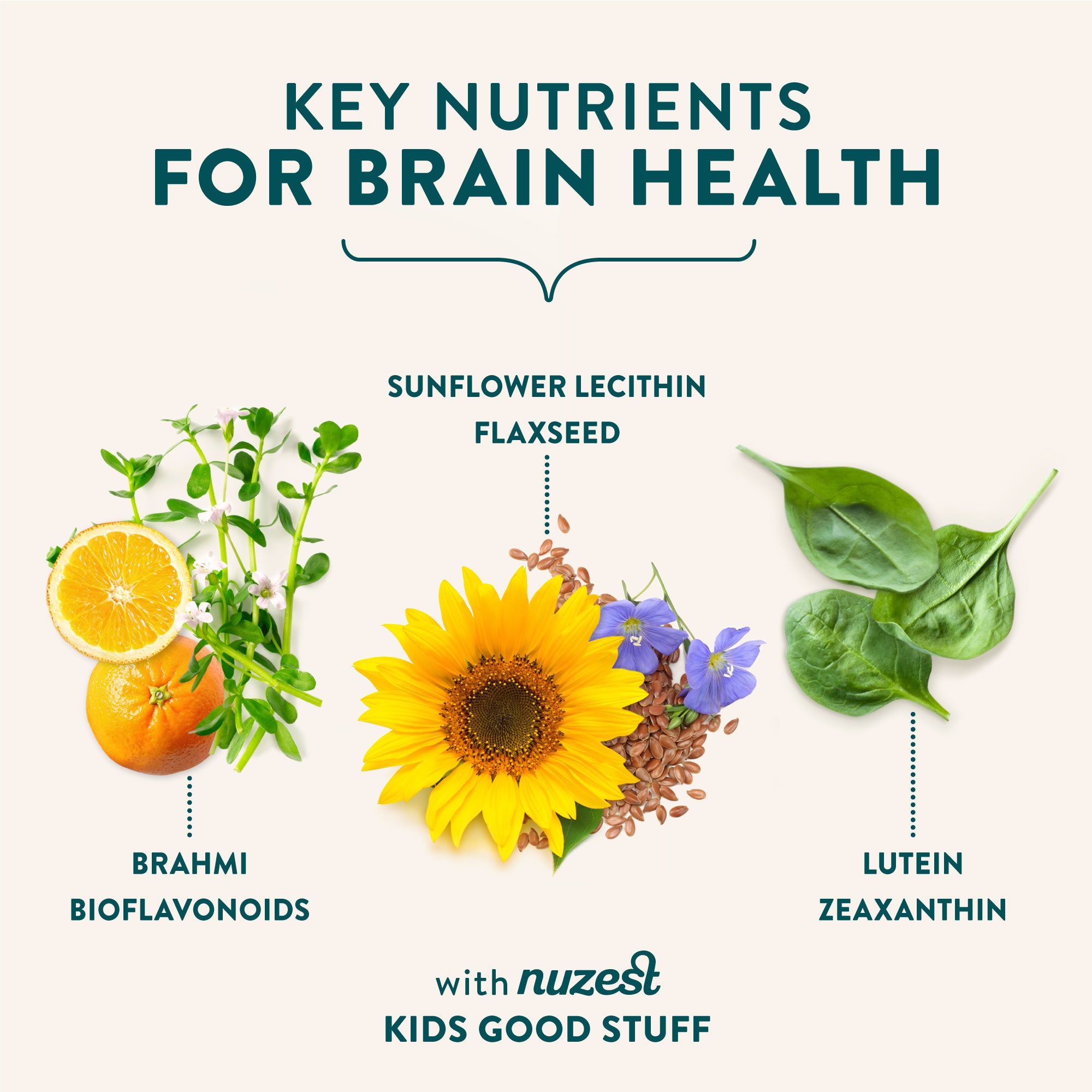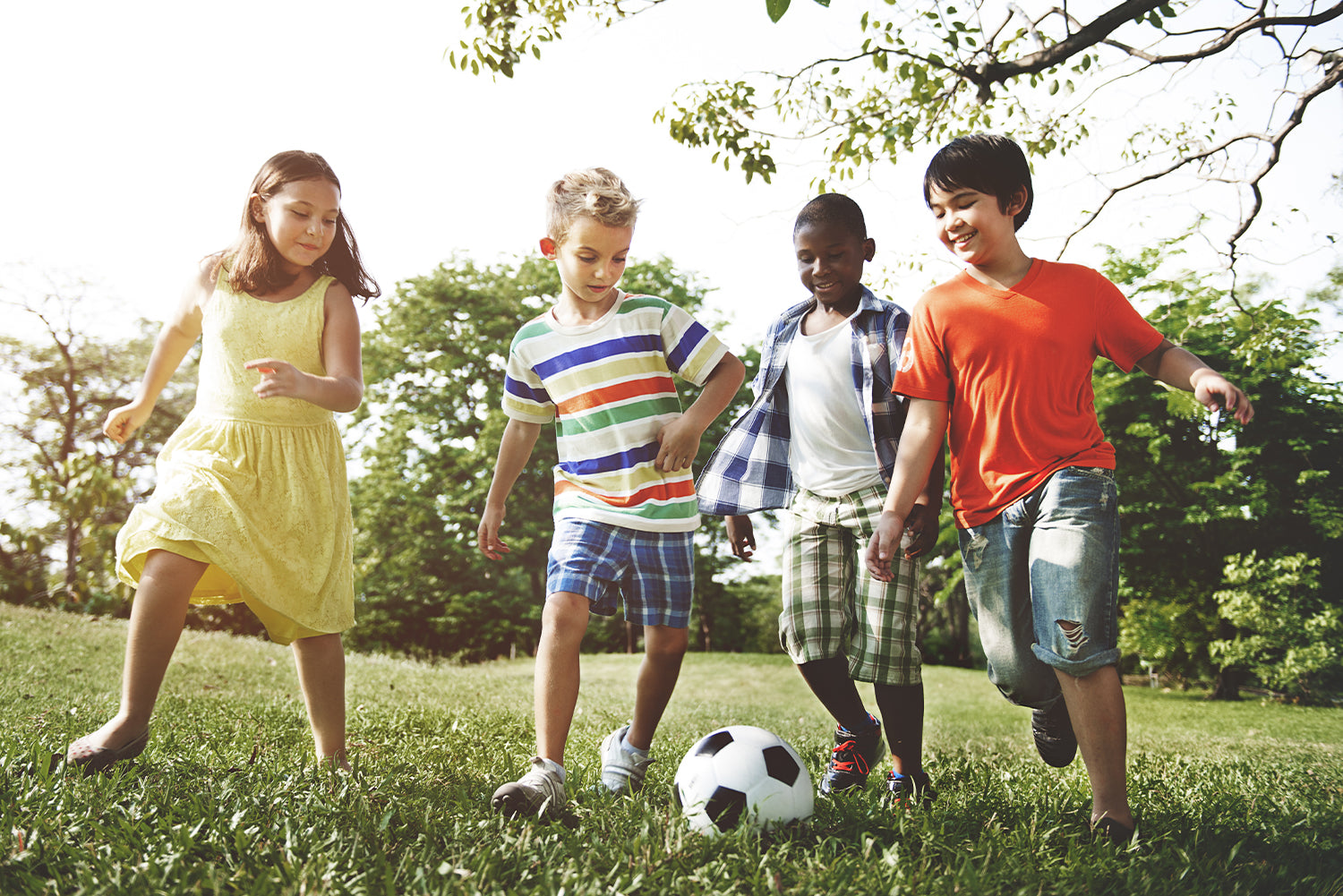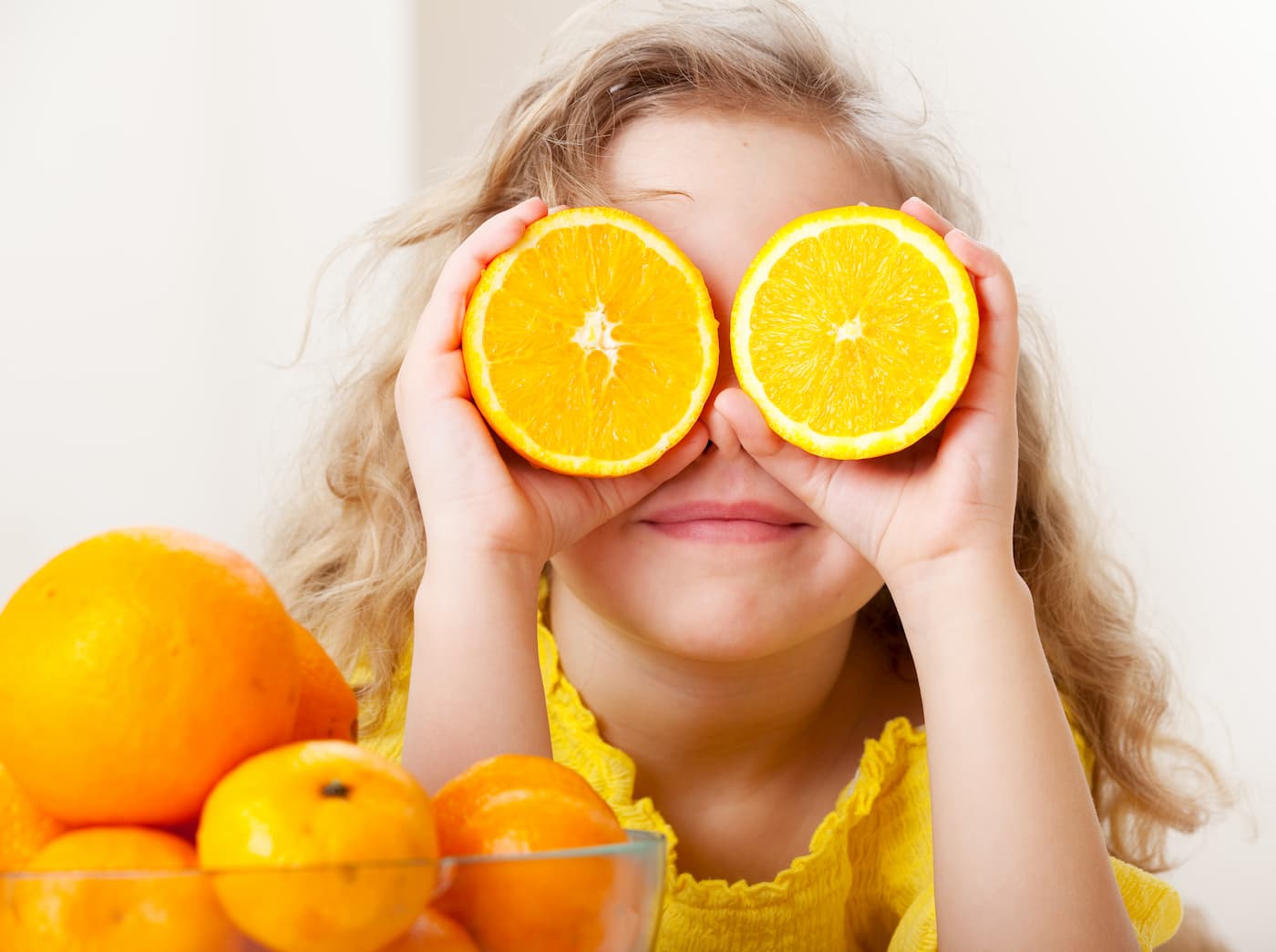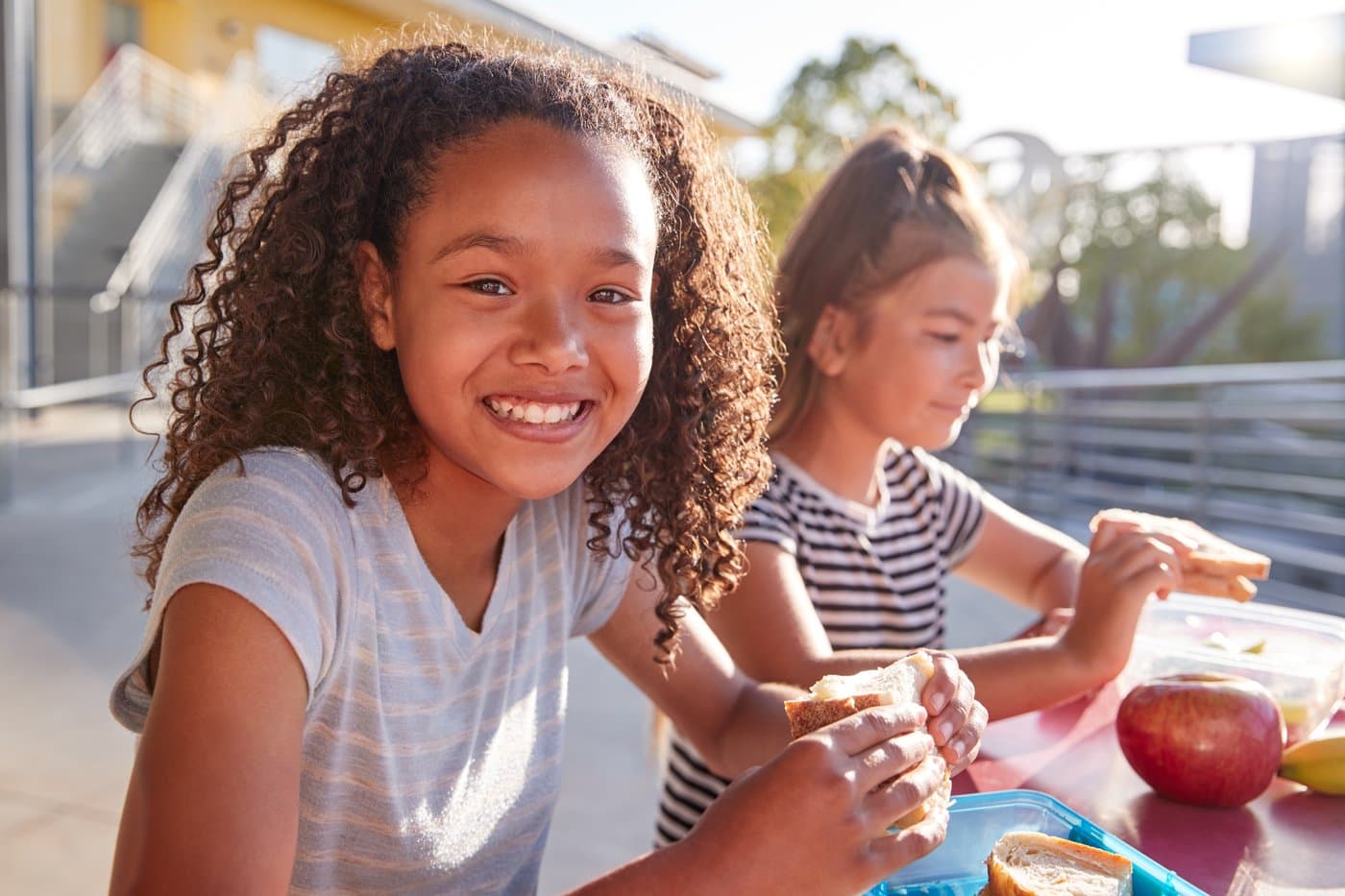With the right knowledge, you can help your children be mindful about their treat consumption during the holidays, while also allowing them to enjoy it, and supporting their complex nutritional needs with other nutrient-packed foods!
Teaching Children Mindfulness Around Eating
There is a lot of discussion about mindfulness lately, but what exactly does mindfulness around eating look like for children? Mindfulness is the art of awareness, of noticing your thoughts, feelings, body, and sensations without judgement, fear, or worry. By focusing entirely on the present, you remove any worry about the past or future. This valuable skill does not come easily or naturally and requires dedicated practice. Don’t let this overwhelm you though! Mindfulness can absolutely be taught to children, and will be an extremely beneficial skill for them to have, both now and as they grow. To help your children (and your entire family) become more mindful around meals, use these tips:
- Ask them if they are hungry before a meal, and then allow them to serve themselves (if they can) to match their level of hunger.
- Eat without distractions, such as TV or other electronic devices, so they can fully focus on what and how much they are eating.
- Talk about the food—where it came from, how it was prepared, what the texture, smell, visual appeal, and taste is like.
- Ask them to be thankful for the food and make sure you model being thankful as well.
- Try not to rush meals—children may take longer than adults to eat.
- Never force a child to eat if they are not hungry—learning to trust their hunger cues is a vital skill.1
These principles can be applied to Halloween and other holiday seasons, which are often loaded with sweet treats and desserts. Let your children choose a few pieces of candy from their Halloween basket each day and talk about them. Why did they choose those ones? What about the candy did they like or dislike and why? How does eating sweet things make them feel? How does eating too much of something make them feel? By having them focus on the candy, they will learn how to naturally limit themselves. After all, we all feel ill when we eat too much of any food. Remember, there are no good or bad foods, but different foods do affect our bodies differently. When children notice this, they will naturally make healthier choices that make their bodies feel good.
Supporting The Daily Nutritional Needs of Your Child
Research suggests that the foods children eat during the preschool years (1-5 years old) are particularly important, due to the rapid and dramatic postnatal brain development happening during this time. This also happens to be the time where children are transitioning from a diet chosen entirely by their caregivers, to a diet gradually chosen more and more by themselves, which makes it a key time for teaching them how to make mindful choices.2 Since children will most likely be consuming a bit more sugar than they normally would during various holidays, making sure their daily meals and snacks are packed with as much nutrition as possible is key.
Help them power up for the day with a delicious breakfast smoothie or oatmeal that even the pickiest eaters are sure to love. Kids Good Stuff Multivitamin Drink by Nuzest can be used in a variety of yummy breakfast options, including this Kids Rapid Recovery Smoothie recipe that is specifically designed for kids, and this fun fall-themed and delicious Chocolate Oatmeal.
Cooking Together
Cooking with your children can be a fun, brain-boosting activity that can also reduce the likelihood of them becoming picky eaters (and can encourage picky eaters to try new foods!). Bringing your children into both the garden and the kitchen may encourage greater vegetable consumption and could actually have a greater impact on their health than educating them about nutrition.3,4 It is also an important part of mindful eating! When children are involved in the process of growing and making their food, they are more likely to eat it.
Here are some fun fall recipes you can make at home with your children:
- Snowman Smoothie Bowl—It’s basically ice cream for breakfast, which is every child’s dream! Make these snowmen into ghosts for a festive, healthy Halloween treat!
- Pumpkin Pie Muffins—It is the season of all things pumpkin flavored—little hands are great at “mixing” spices or pouring in pre-measured flour and other ingredients into the bowl.
- Ginger and Turmeric Soup—With pumpkin, garlic, coconut milk, and turmeric, this soup is packed with flavor and nutrition! Be careful when cooking hot liquids with children, but let them top their own bowl of cooled soup to help encourage them to try it.
Halloween and the entire holiday season may be a bit overwhelming for parents, but we all want to provide our children with the healthiest diet possible. By practicing mindfulness around food, and packing extra nutrition into their daily snacks and meals, our children can enjoy the holiday season while also staying healthy.
Resources:
- https://www.canr.msu.edu/news/teaching_kids_the_art_of_mindful_eating
- Rosales, Francisco J et al. “Understanding the role of nutrition in the brain and behavioral development of toddlers and preschool children: identifying and addressing methodological barriers.” Nutritional neuroscience vol. 12,5 (2009): 190-202. doi:10.1179/147683009X423454
- DeCosta, Patricia et al. “Changing children's eating behaviour - A review of experimental research.” Appetite vol. 113 (2017): 327-357. doi:10.1016/j.appet.2017.03.004
- Parmer, Sondra M et al. “School gardens: an experiential learning approach for a nutrition education program to increase fruit and vegetable knowledge, preference, and consumption among second-grade students.” Journal of nutrition education and behavior vol. 41,3 (2009): 212-7. doi:10.1016/j.jneb.2008.06.002

